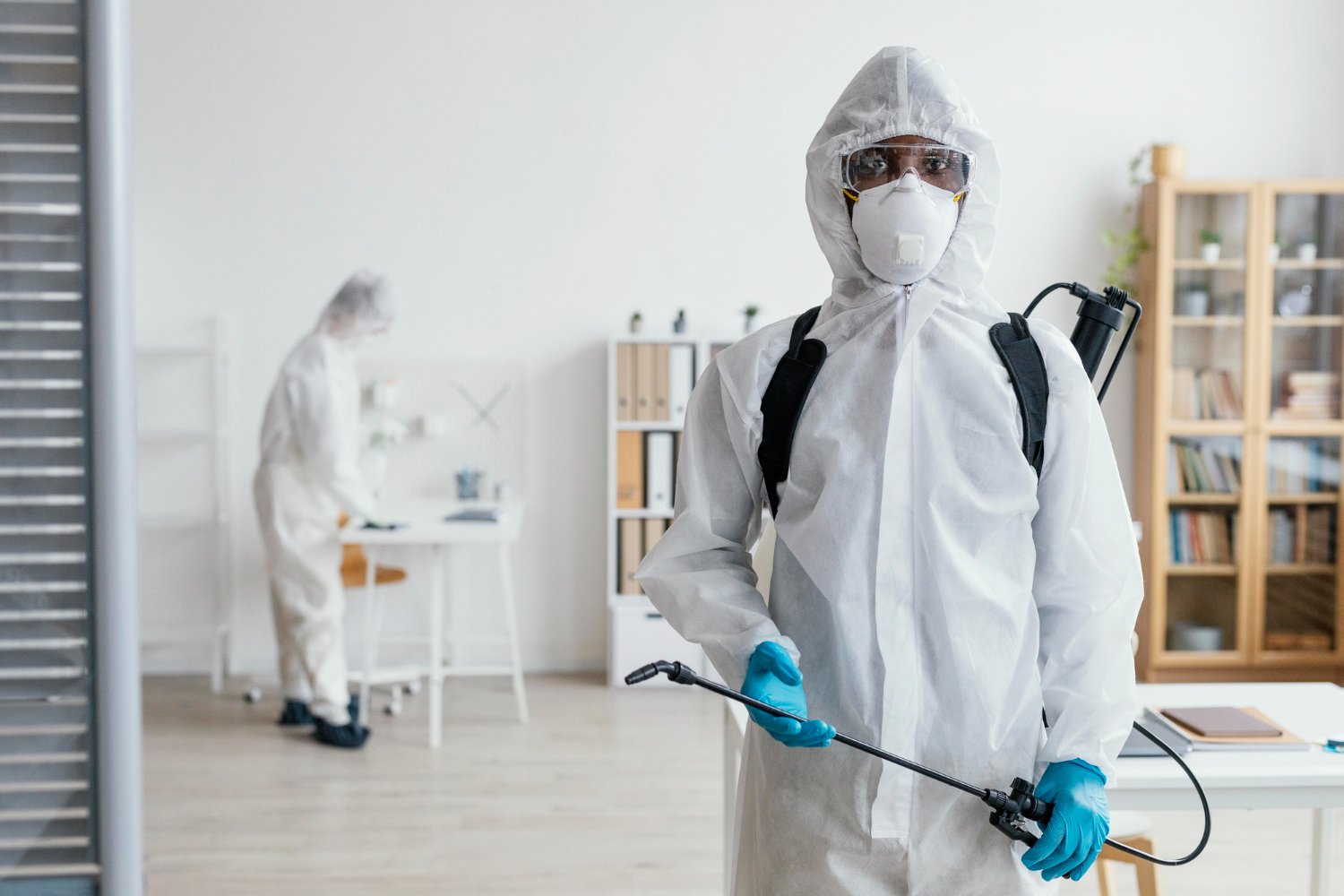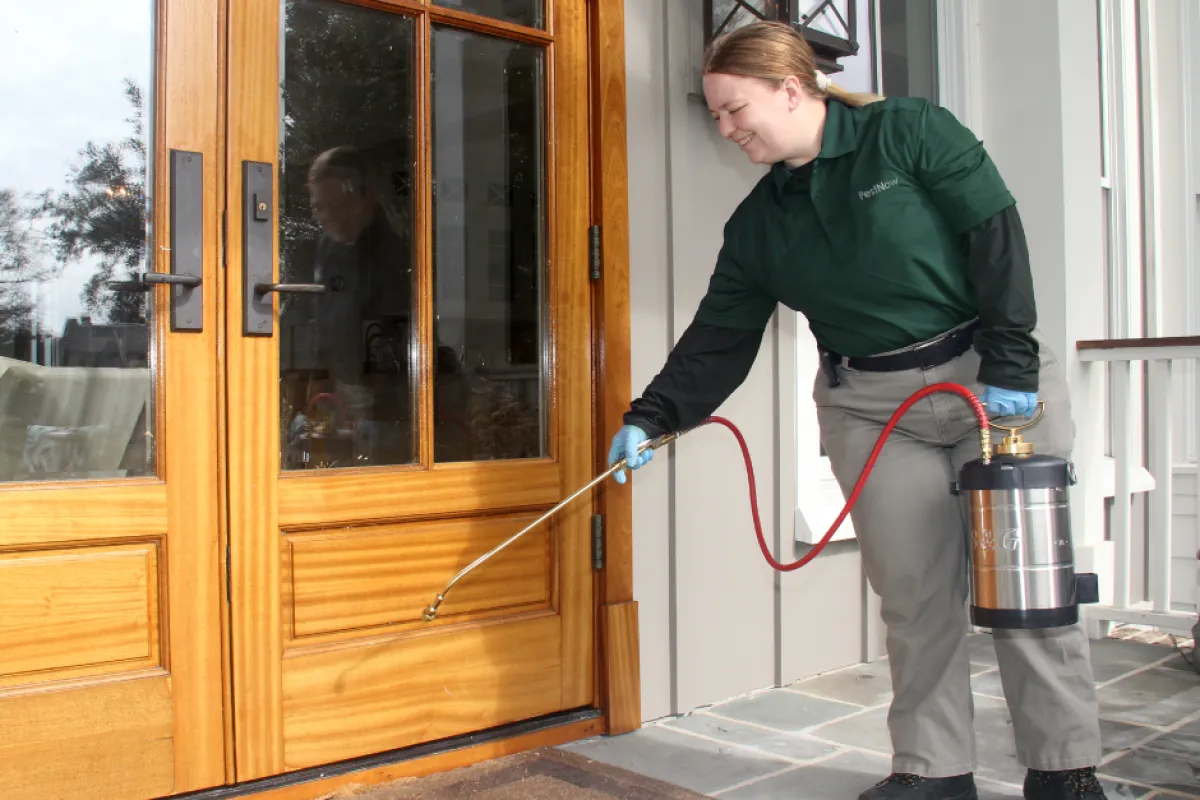A1 Bed Bug Exterminator Charlotte - Effective and Economical Services
A1 Bed Bug Exterminator Charlotte - Effective and Economical Services
Blog Article
Bed Insect Treatment Failure: Comparing Chemical Vs. Non-Chemical Solutions
In the realm of bug control, especially when managing the consistent issue of bed bugs, the option in between chemical and non-chemical treatment services can be a crucial one. Both approaches provide distinctive advantages and downsides, influencing variables such as efficiency, security factors to consider, and overall expense. By analyzing the nuanced details of each approach, a clearer understanding of which path to seek in dealing with a bed bug problem can be obtained.
Effectiveness of Chemical Treatments
Chemical treatments for bed pest infestations have been extensively acknowledged for their fast and potent efficacy in removing these bugs. When considering the efficiency of chemical treatments, it is vital to recognize that they can give a quick and extensive service to a bed pest issue.
In addition, chemical therapies have the benefit of providing residual impacts, suggesting that they can remain to remove bed insects even after the first application. This residual activity is specifically valuable in combating any type of potential re-infestations. Additionally, the quick activity of chemical therapies can bring relief to people dealing with extreme bed insect invasions, enabling them to restore control of their space promptly.
Security Worry About Chemical Solutions
When utilizing chemical remedies for bed bug treatment is making sure the safety of occupants and the atmosphere,One important facet that needs cautious factor to consider. While chemical treatments can be effective in eliminating bed pests, they might posture risks otherwise managed properly. Among the key safety and security interest in chemical services is the potential injury they can trigger to human health. Exposure to certain chemicals utilized in bed insect therapies can result in respiratory system issues, skin irritation, or other adverse responses, especially in people with pre-existing conditions or level of sensitivities. Furthermore, inappropriate application or dosage of chemical pesticides can cause hazardous deposits remaining in the treated location, presenting lasting health risks to owners.
In addition, the environmental influence of chemical solutions is another significant factor to consider. Some pesticides made use of in bed pest treatments might be hazardous to useful pests, wildlife, and ecological communities if they leach right into the soil or water supply. It is crucial to use chemical treatments carefully, following security guidelines, and considering much less harmful choices to alleviate these dangers and make certain the safe and effective administration of bed insect problems.
Benefits of Non-Chemical Strategies
Thinking about the prospective security worries and environmental impact linked with chemical solutions for bed insect treatment, discovering non-chemical strategies presents a promising alternative with numerous distinct benefits. Non-chemical treatments are environmentally pleasant, as they do not contribute to air or water air pollution, making them a sustainable option for parasite control.
Additionally, non-chemical remedies can be efficient in targeting bed insects, including hard-to-reach areas where chemical treatments might not pass through. Techniques such as warm therapy, vacuuming, steam cleaning, and cushion encasements provide detailed eradication without the usage of damaging chemicals. Moreover, non-chemical methods can be much less disruptive, needing very little prep work and enabling quicker reentry into dealt with locations. Generally, choosing for non-chemical bed insect therapy techniques not just focuses on safety and security and ecological security however also ensures reliable and detailed parasite control.
Limitations of Non-Chemical Treatments

In addition, non-chemical treatments typically call for numerous applications to achieve effective obliteration. This can be taxing and may not always assure total removal of all bed bugs and their eggs, especially in hard-to-reach or hidden locations.
In addition, the success of non-chemical treatments greatly relies upon correct execution and thoroughness, which can be challenging for individuals without expert experience. Inadequate application of non-chemical methods may cause incomplete removal, causing consistent invasions and the requirement for additional treatments.
Consequently, while non-chemical therapies have their benefits, it is essential to acknowledge these limitations and consider them when determining one of the most effective method for handling bed pest problems.
Expense Contrast: Chemical Vs. Non-Chemical Options
Offered the constraints associated with non-chemical therapies, an important element to examine advice in the context of bed insect monitoring is the cost comparison between chemical and non-chemical alternatives. Chemical treatments normally entail the application of pesticides by specialists, which can range from $250 to $900 per room, depending upon the extent of the site link invasion and the dimension of the location to be dealt with. On the other hand, non-chemical treatments like warmth therapy or vapor can be more costly, with costs ranging from $1,000 to $6,000 for a whole home. While the first cost of chemical treatments may seem lower, several therapies may be required to totally eliminate the invasion, possibly boosting the overall expense. On the various other hand, non-chemical choices might offer a more lasting and eco-friendly service, although they can be cost-prohibitive for some people. Ultimately, when considering the expense of bed insect treatment options, it is very important to consider the in advance expenses against the performance and long-lasting sustainability of the chosen approach.
Verdict

Considering the possible safety concerns and ecological effect associated with chemical options for bed insect therapy, checking out non-chemical strategies provides an appealing choice with several distinctive advantages.Given the limitations associated with non-chemical treatments, an important aspect to assess in the context of bed insect monitoring is the expense contrast between chemical and non-chemical choices. In contrast, non-chemical treatments Read More Here like heat therapy or steam can be much more pricey, with prices ranging from $1,000 to $6,000 for an entire home. While the first expense of chemical treatments may seem reduced, numerous treatments may be called for to totally eradicate the invasion, potentially boosting the total expense.In conclusion, when comparing chemical and non-chemical bed insect therapy options, it is crucial to consider performance, safety and security, benefits, constraints, and price.
Report this page